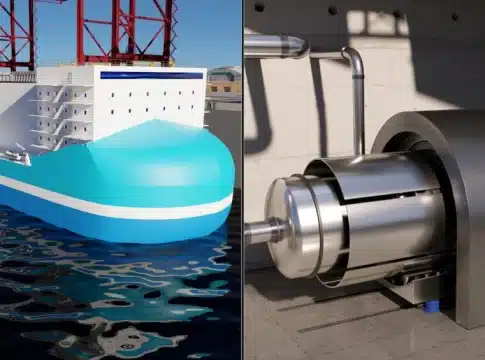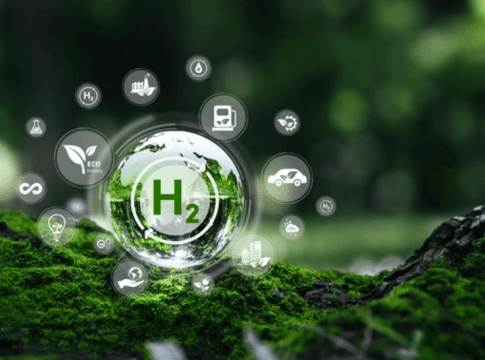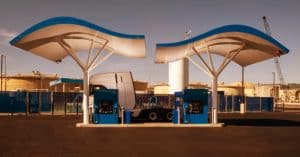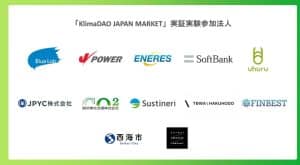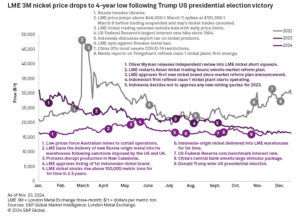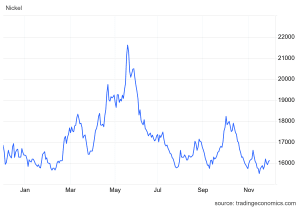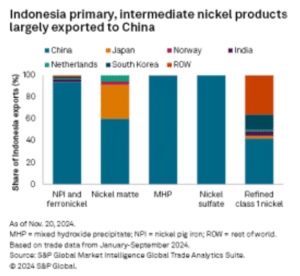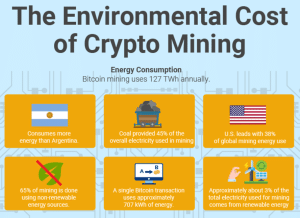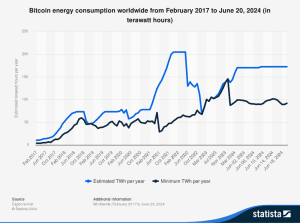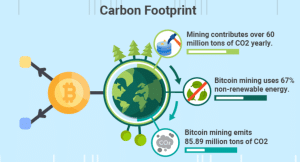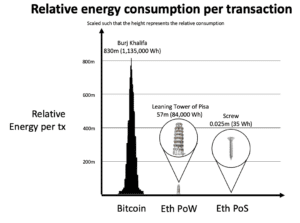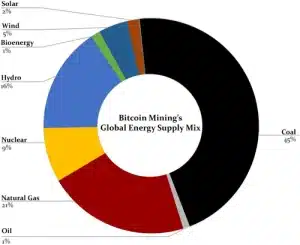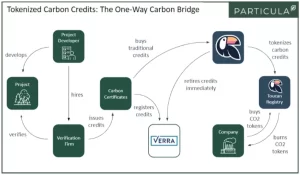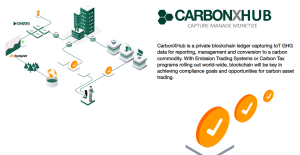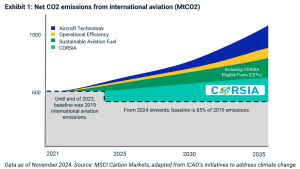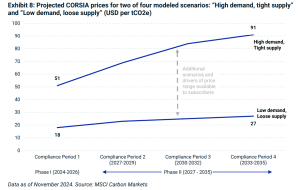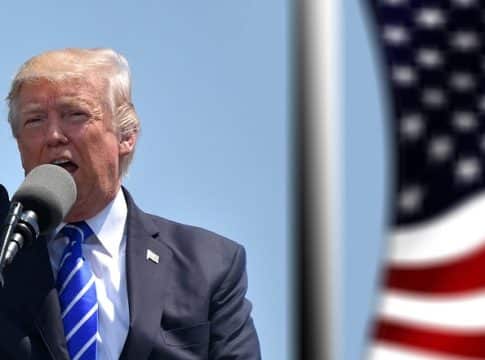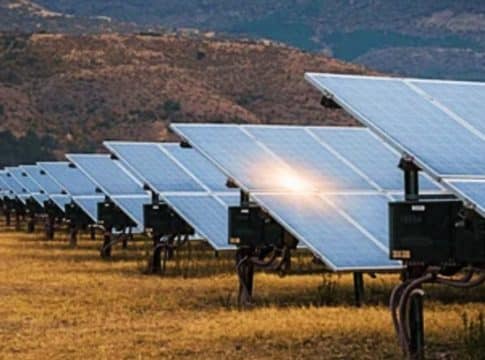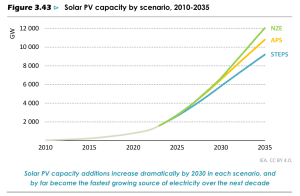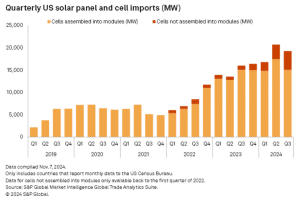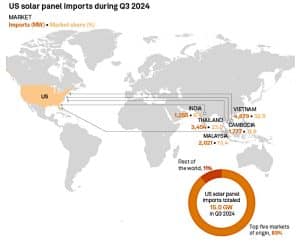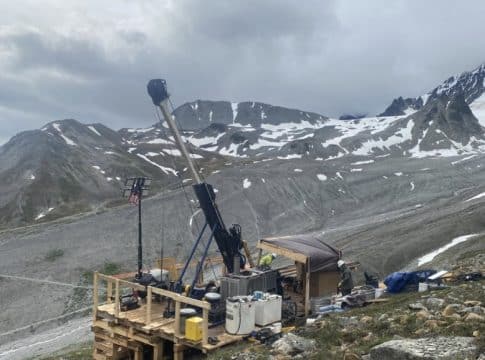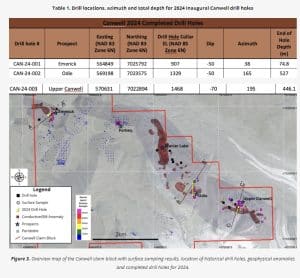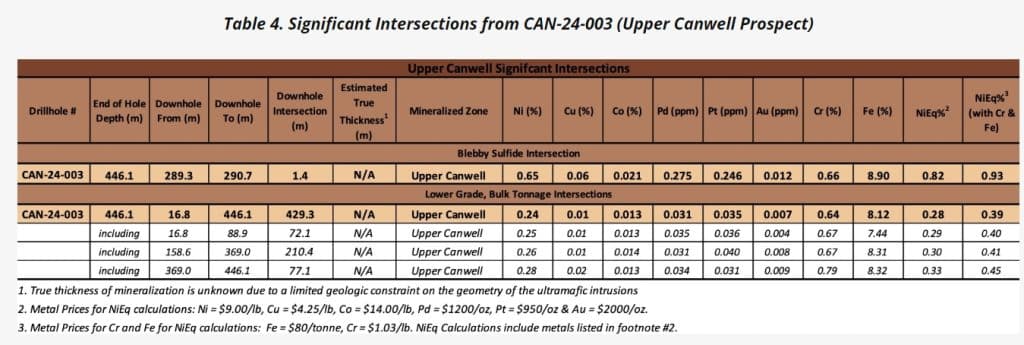Westinghouse and CORE POWER Partner to Revolutionize Floating Nuclear Power Plants with eVinci™ Microreactors
Westinghouse Electric Company and CORE POWER have collaborated together to design and develop a floating nuclear power plant (FNPP) using the former’s blueprint eVinci microreactor and its heat pipe technology Both the companies have formalized a cooperative agreement to advance the design of the FNPP. This innovation is ideal for maritime and coastal applications where traditional energy sources may have less potential.
microreactor and its heat pipe technology Both the companies have formalized a cooperative agreement to advance the design of the FNPP. This innovation is ideal for maritime and coastal applications where traditional energy sources may have less potential.
Jon Ball, President of eVinci Technologies at Westinghouse commented,
“With this groundbreaking agreement, we will demonstrate the viability of the eVinci technology for innovative use cases where power is needed in remote locations or in areas with land limitations. We look forward to our partnership with CORE POWER, bringing the unique advantages of eVinci microreactors to maritime and coastal applications, potentially even paving the way for future disaster relief efforts.”
Mikal Bøe, CEO of CORE POWER noted,
“There’s no net-zero without nuclear. A long series of identical turnkey power plants using multiple installations of the Westinghouse eVinci microreactor delivered by sea, creates a real opportunity to scale nuclear as the perfect solution to meet the rapidly growing demand for clean, flexible and reliable electricity delivered on time and on budget. Our unique partnership with Westinghouse is a game changer for how customers buy nuclear energy.”
Unlocking the Power of Floating Nuclear Power Plants
Floating nuclear power plants (FNPPs) are an innovative solution for delivering energy to remote coastal areas, islands, and offshore locations. Their compact size and mobility make them ideal for providing electricity at the need of an hour. They can be moved or towed to remote regions, where they dock with coastal facilities to supply power and heat to the local grid.
Floating nuclear power plants are gaining attention as a versatile clean energy option. They use small modular reactors (SMRs) to generate electricity and heat. These reactors, which are compact and efficient, can serve various applications:
- Electricity for remote regions like islands and coastal communities.
- Decarbonizing industries such as offshore oil, gas, and mining.
- Supporting hydrogen production, desalination, and district heating.
The International Symposium on the Deployment of Floating Nuclear Power Plants (FNPPs) held in Vienna last November explored the potential of FNPPs. Delegates weighed if FNPPs could be a reliable energy solution for remote locations. They highlighted that these innovative power stations could replace fossil-fueled generators, advancing global decarbonization efforts.
IAEA Director General Rafael Mariano Grossi highlighted the growing interest in FNPPs during the symposium. He noted that many countries are actively considering these plants but emphasized the importance of addressing safeguards, and legal, and regulatory frameworks before large-scale deployment.
The same IAEA report revealed that several countries, including Canada, China, Denmark, South Korea, Russia, and the USA, are developing marine SMR designs. Russia leads with the Akademik Lomonosov, the world’s first operational FNPP. Since 2020, it has supplied electricity and district heating in Russia’s far east.
However, floating nuclear power plants do not compete with land-based SMRs. They rather expand the potential of nuclear technology to achieve net zero goals.
Distribution of nuclear power consumption worldwide in 2023, by leading country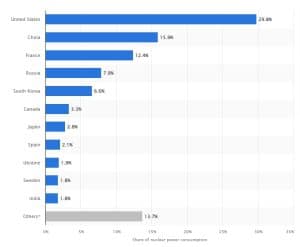 Source: Statista
Source: Statista
Moving on we will explore the companies and the kind of nuclear technologies they are deploying.
Westinghouse’s One-of-a-Kind eVinci Microreactor
Microreactor
Westinghouse is pioneering the next generation of nuclear technology with its eVinci Microreactor. It is typically designed for decentralized and remote applications. The micro-modular reactor is a product of 60 years of nuclear expertise and technical knowledge. They successfully created this unique microreactor to deliver a resilient, cost-effective energy solution.
Microreactor. It is typically designed for decentralized and remote applications. The micro-modular reactor is a product of 60 years of nuclear expertise and technical knowledge. They successfully created this unique microreactor to deliver a resilient, cost-effective energy solution.
The key attributes of this reactor are:
Heat Pipe Technology
The has an inbuilt heat pipe technology that enables passive heat transfer without the need for complex coolant systems. Heat pipes efficiently transfer heat at high temperatures without relying on high-pressure systems or moving parts. Recently, the company successfully manufactured the first-ever 12-foot nuclear-grade heat pipe. See the pic below:
 Source: Westinghouse
Source: Westinghouse
The inbuilt design ensures reliability, reduces maintenance needs, and eliminates risks associated with coolant loss or high system pressures.
Compact Design for Rapid Deployment
Unlike traditional nuclear plants that require extensive construction, the eVinci reactor is fully factory-built, assembled, and shipped in a container for easy deployment. It operates just like a battery with minimal moving parts.
-
eVinci can produce 5MWe with a 15MWth core design. The reactor core can run for eight or more full-power years 24/7 before refueling.
 Source: Westinghouse
Source: Westinghouse
Beyond Maritime Applications
The reactor’s compact design and minimal maintenance requirements make it ideal for maritime and coastal use. Significantly, it offers efficient, reliable power for ports, coastal communities, and offshore operations where traditional energy sources fall short.
However, its versatility extends to the following areas:
- Reliable power to remote communities.
- Mining operations and industrial facilities.
- District heating and hydrogen production for cleaner energy solutions.
- Research reactors, critical infrastructure, and military installations.
- Data centers seeking uninterrupted power.
The eVinci microreactor integrates easily with wind, solar, and hydro. It stabilizes grids by quickly adjusting to demand, ensuring reliable power in any condition.
Net Zero Goals and Safety Standards
The eVinci microreactor delivers carbon-free energy without requiring water cooling, making it an eco-friendly power solution. This partnership shows how the companies are helping countries meet their net-zero targets.
-
Each reactor prevents up to 55,000 tons of CO2 emissions annually, significantly reducing carbon footprints.
After its operational life, spent fuel is either returned to the manufacturer or stored in deep geological repositories (DGR) for long-term safety. Additionally, Westinghouse ensures high safety standards even in unexpected scenarios. This is because of the advanced features that minimize failure risks and make it a reliable and environmentally responsible energy source.
Check out the more details of the eVinci Microreactor
CORE POWER: Driving Maritime Nuclear Innovation
According to the press release, CORE POWER is advancing a Maritime Civil Nuclear Program across the OECD (Organisation for Economic Co-operation and Development), providing scalable nuclear solutions for maritime and heavy industries. The company has offices in London, Washington, D.C., and Tokyo.
At present, they are aiming to enhance energy efficiency and local energy security by delivering reliable floating nuclear energy systems built in shipyards, on time and within budget.
Some notable achievements of CORE POWER in this field are:
Its next-generation reactors or advanced nuclear technologies, like molten salt reactors (MSRs), offer improved safety and efficiency compared to earlier models. These floating plants deliver dependable and sustainable electricity while addressing modern energy needs.
CORE POWER’s FNPP Source: CORE POWER
Source: CORE POWER
Fueling Offshore Green Industry
Floating nuclear power plants (FNPPs) are more than electricity generators; they enable sustainable industrial processes. One key application is green hydrogen production, which uses seawater and provides an eco-friendly alternative to fossil fuels.
These FNPPs offer efficient cooling and unlimited water access, making them ideal for scalable hydrogen production. This green hydrogen can power zero-emission transport and support green steel manufacturing, transforming industries with clean energy and industrial heat.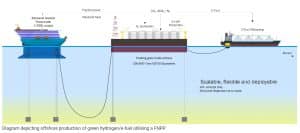 Source: CORE POWER
Source: CORE POWER
Sustainable Water Solutions
Floating nuclear desalination plants provide a continuous supply of fresh water without relying on fossil fuels. Operating 24/7, these plants are mobile, allowing relocation along coastlines to address water scarcity in different regions.
Significantly desalination plants are safe from tsunamis and earthquakes as they are harbored offshore. This makes them a reliable and sustainable solution to growing water challenges.
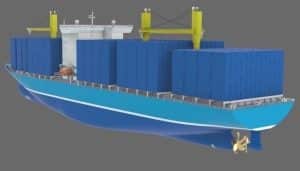 Source: CORE POWER
Source: CORE POWER
This groundbreaking partnership of Westinghouse and CORE POWER can potentially revolutionize the energy landscape energy with their floating nuclear power plants (FNPPs) and innovative eVinci microreactor. All in all, these innovations mitigate carbon emissions and support countries in their net zero goals.
Source:
The post Westinghouse and CORE POWER Partner to Revolutionize Floating Nuclear Power Plants with eVinci™ Microreactors appeared first on Carbon Credits.
